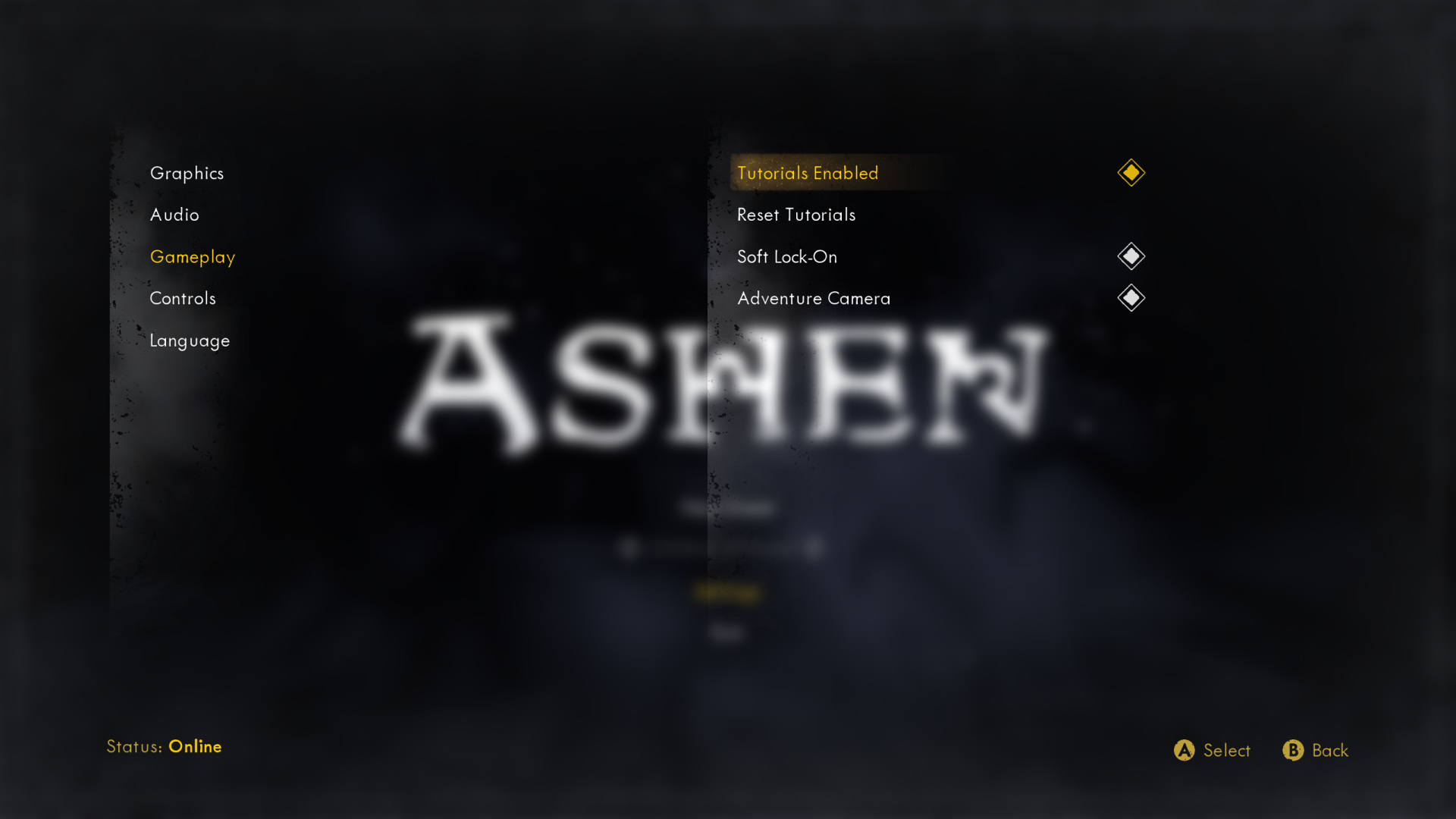

However, almost all other cell phones have the screen against the cheek when the user is talking. The sidetalking is there for a practical reason: if placed elsewhere, the screen would get in contact with the cheek and become smudged. Also, the speaker was on the side edge of the phone, resulting in many gamers mocking it as talking into a " taco phone" or "sidetalking." Its comfort for longer calls has been criticized. The original N-Gage was heavily criticized for its clumsy design: to insert a game, users must remove the phone's plastic cover and remove the battery compartment as the game slot was behind it. Its main CPU is an ARM Integrated (ARMI) compatible chip (ARM4T architecture) running at 104 MHz, the same as the Nokia 76 phones. It is able to run all Series 60 software, and Java MIDP applications as well.

Poor sales were also amplified by game media being standard MMC memory cards without any hardware mechanisms to prevent piracy, indeed rival firms boasted that the N-Gage's games could be played just as easily on their phones.īesides its gaming capabilities, the N-Gage is a Series 60 phone, running Symbian OS 6.1, with features similar to those of the Nokia 3650 (it does not have an integrated camera, however).

The poor sales performance can be attributed to the poor selection of games compared to its competitors and its cost at launch it was more than twice as expensive as a Game Boy Advance SP on release day. The N-Gage has not been as commercially popular as Nokia estimated. The N-Gage also included MP3 and Real Audio/Video playback and PDA-like features into the system. Instead of using cables, multiplayer was done with Bluetooth or the Internet (via the N-Gage Arena service). They developed and created the N-Gage, a device that included both. Nokia spotted an opportunity to combine these devices into a more handy unit. In the early 2000s, gamers were increasingly carrying around both a mobile phone and a Game Boy, the most popular handheld game system.


 0 kommentar(er)
0 kommentar(er)
